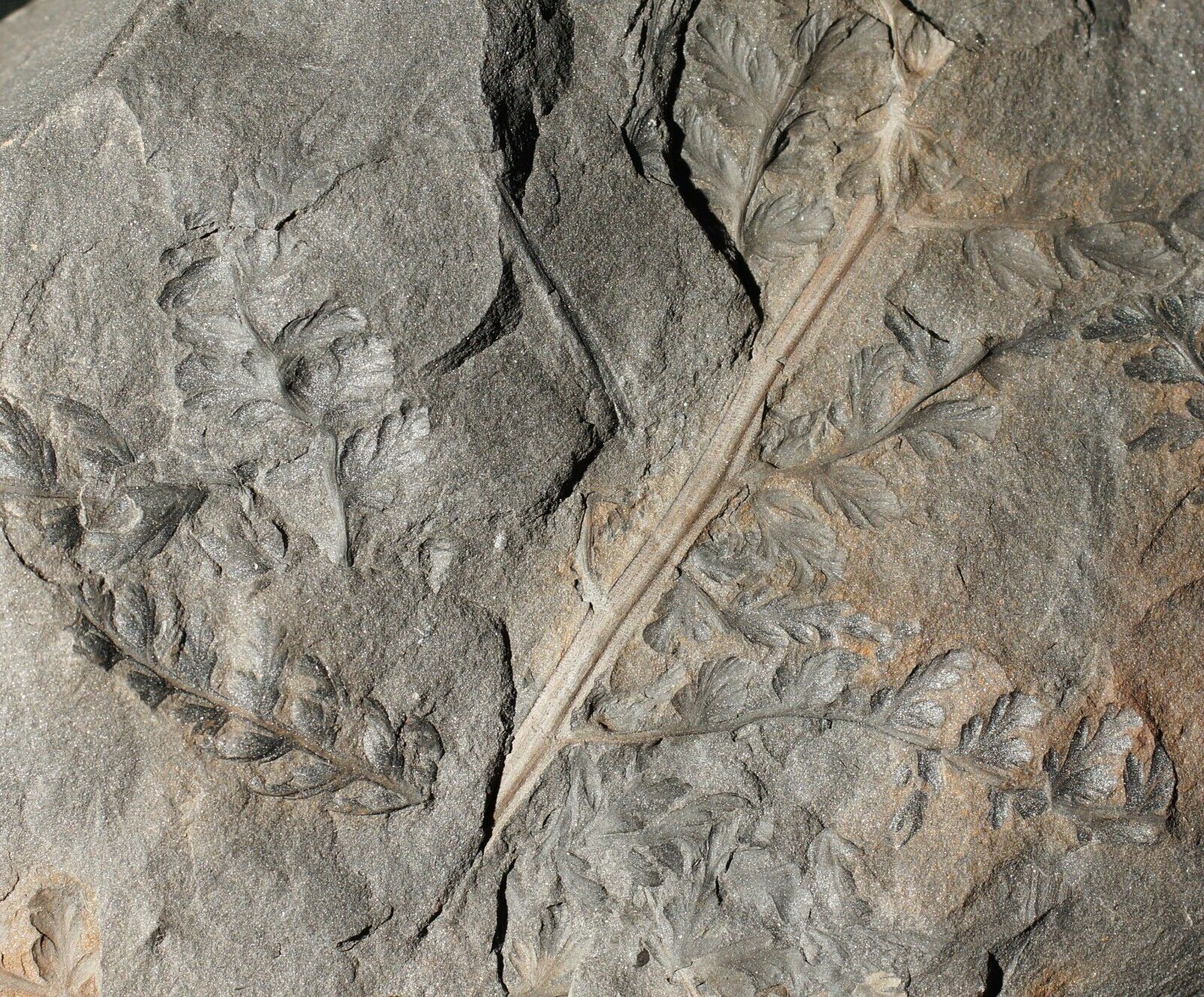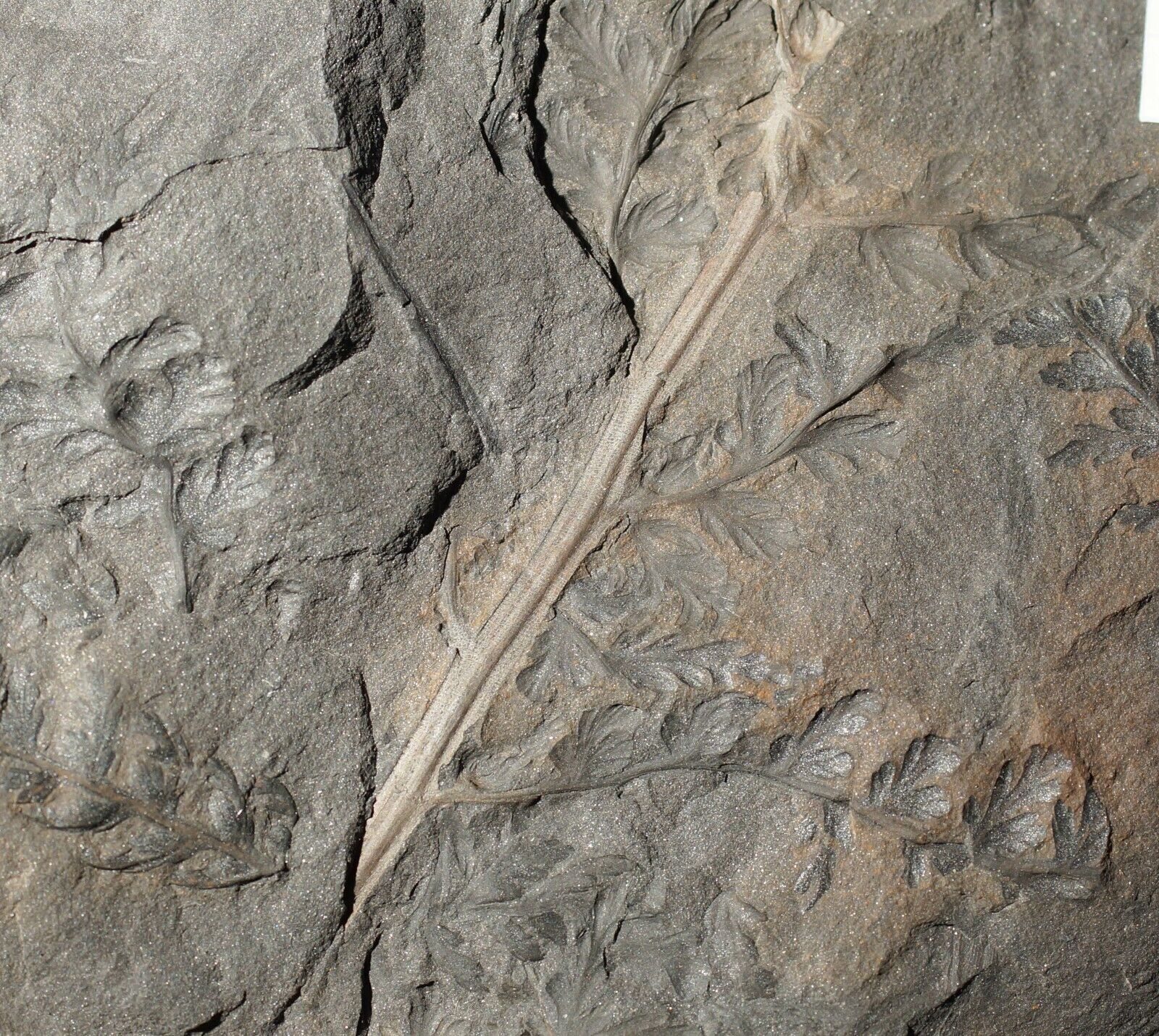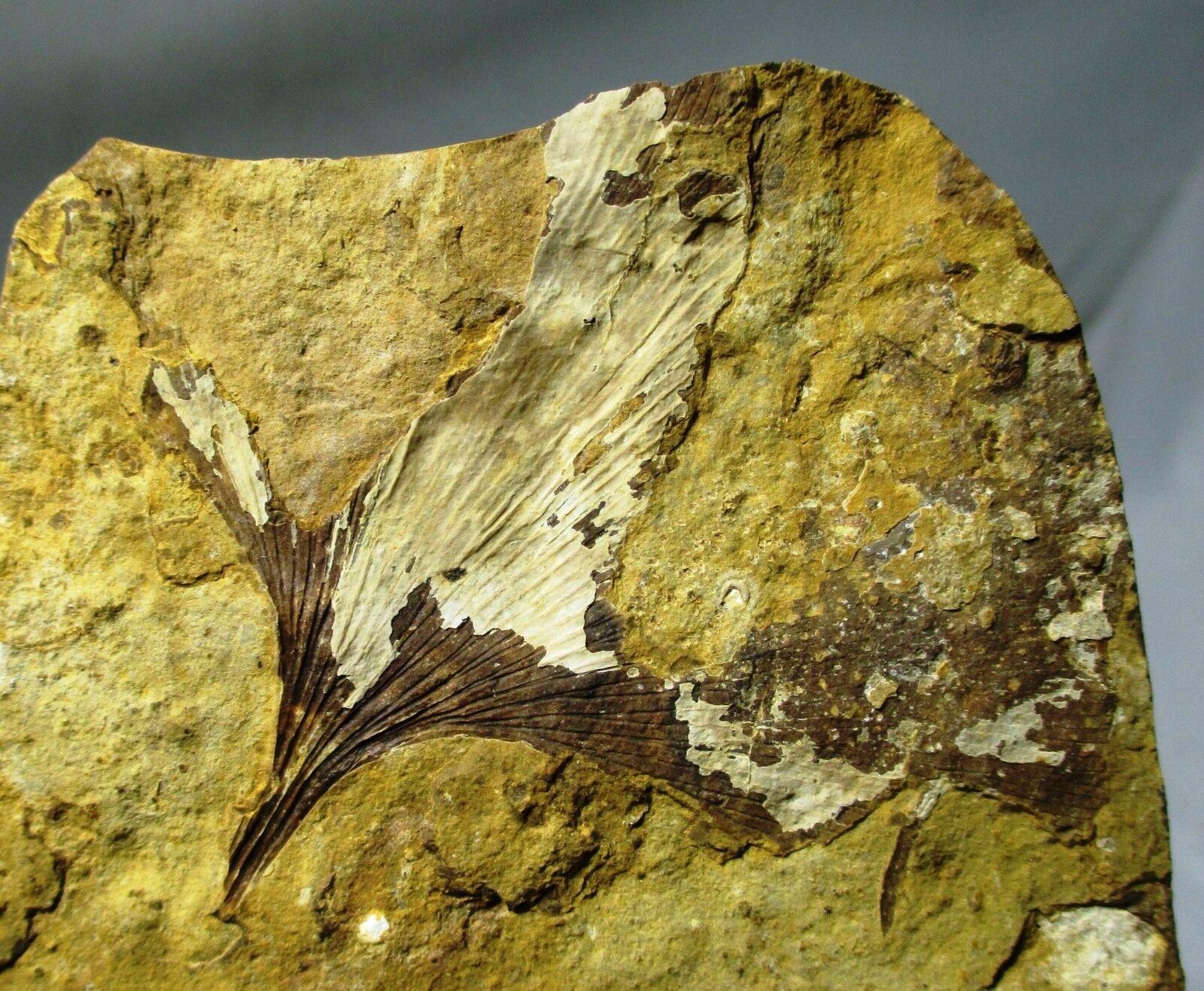-40%
Fossil Plant Rare fern S. rotundiloba or herbacea with rare aphlebia preserved !
$ 10.03
- Description
- Size Guide
Description
My genuine specimens will be delivered with a "Certificate of authenticity, age and origin" and scientific papers allowing plant identification !I combine shipping costs.
Each item is different, so please wait with payment after purchase -
I will send You a combine invoice.
Usually, it will be cost of shipping the heaviest item.
Specimen:
Rare fossil fern
Sphenopteris rotundiloba
DANZE
or
Sphenopteris herbacea
BOULEY
? )
with Aphlebia preserved on twig!
Locality:
Poland, GZW Upper Silesia Coal Basin
Stratigraphy:
Upper carboniferous - Westphalian B - "Orzeskie" Beds
Age:
ca 310 Mya
Matrix dimensions:
ca. 15,5 x 9,0 x 1,0 cm ( white square on pictures is 1,0 x 1,0 cm )
Description:
Specimen of sphenopterid seed fern
Sphenopteris rotundiloba
DANZE or
Sphenopteris herbacea
BOULEY
preserved with rarely seen
Aphlebia sp.
growing in situ from twig.
Aphlebia sp.
-
is still unknown and mystery fossil plant found
f
rom time to time on the fossil stems and/or twigs of paleozoic ferns - shapeless leaves are found.
Aphlebia's are irregular leaflets growing on the stem of some ferns . They occur mostly detached. To this day we don't know why Aphlebia grew on the paleozoic ferns stems. Maybe Aphlebia protect delicate, curled, juvenile fern leaves ( so-called Spiropteris) by insects ?
Genus : Rhodea
.
Sphenopterids
ferns like: Rhodea,
Zeilleria,
Discopterids, Uranopterids
etc. were mostly a herbaceous "seeds ferns" or were creeping, vine-like plants.
Seed ferns (Pteridosperms) were group of seed plants from the Carboniferous and Permian periods (about 360 to 250 million years ago). Some, such as Medullosa, grew as upright, unbranched woody trunks topped with a crown of large fernlike fronds; others, such as Mariopterids, were woody vines. All had fernlike foliage; however, they reproduced by seeds, with ovules and pollen organs attached to the fronds. Gamete - producing structures in the seeds were surrounded by a hard inner integument and a fleshy outer layer. These features have led some authorities to speculate that these seeds may have been dispersed by animals. Some seeds were large. (
Pachytesta gigantea
, a seed of Medullosa, grew up to 7 cm long.) Pollen organs of seed ferns were also large and complex and were commonly made up of many pollen sacs fused into a large structure.
Systematic:
Kingdom: Chlorobiota Plantae
Family: Lyginopteridae
Order : Sphenopteris
Genus:
Sphenopteris rotundiloba
DANZE
or
Sphenopteris herbacea
BOULEY


















